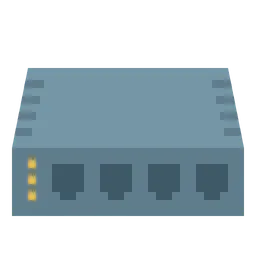Computer Structure is the study of how a computer works and the principles behind how it processes instructions. It goes beyond just the combination of hardware components, covering topics such as the operation of the CPU, the memory hierarchy, the function of input/output devices, and how programs are translated into machine code and executed.
By studying this subject, you move beyond the vague idea of “a computer runs programs” and begin to clearly understand why performance differences occur, how to design more efficient systems, and how software and hardware interact with each other.
Here, I will be organizing the key concepts of computer structure and documenting my learning process. Starting from the fundamentals, I plan to gradually explore more advanced topics such as CPU pipelining, cache memory, and parallel processing.
Understanding computer structure is not just about passing exams, it is a crucial step in developing a deeper mindset as a programmer.




